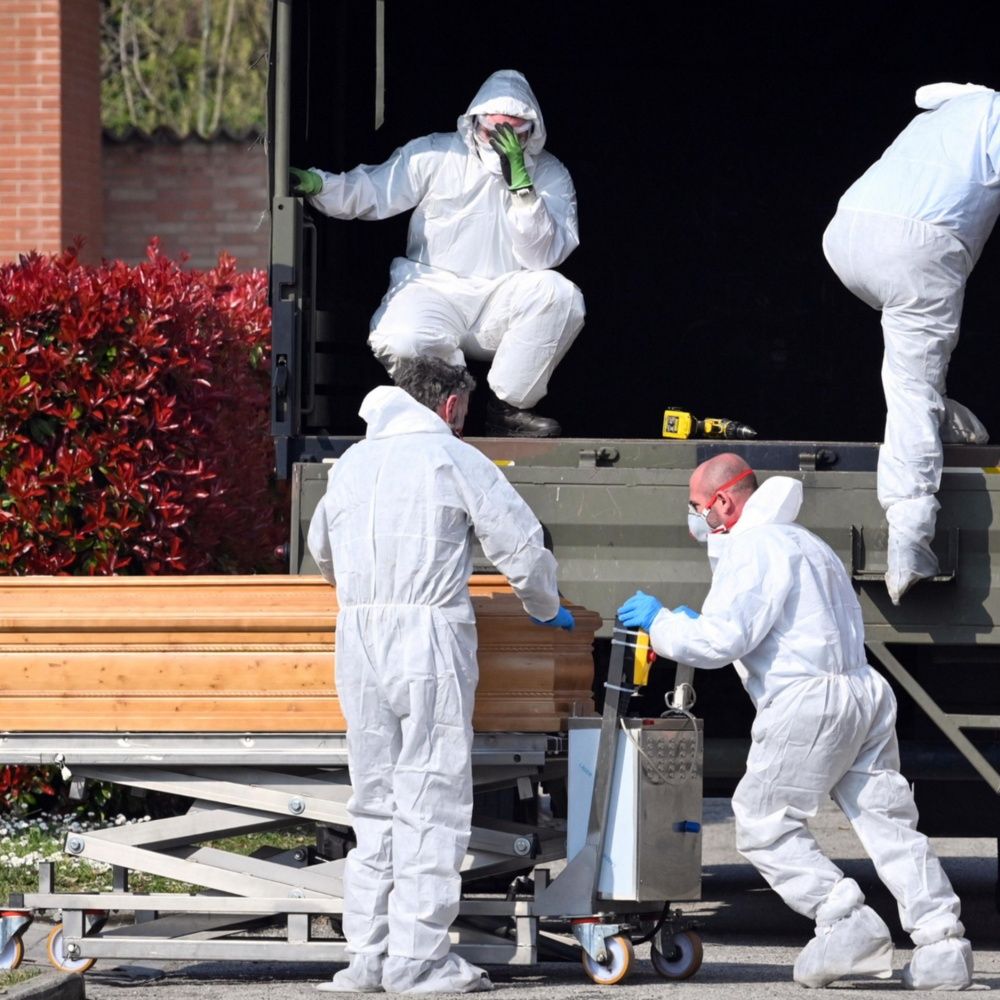
Mexico.- When talking about coronavirus words and terms are used that are unknown to most people, these terms are essential for the proper understanding of the information that is generated day by day about public health. This is a glossary of terms that is indispensable if you want to have a better understanding of the information that is read and viewed every day.
Antibiotics: These are medicines used for bacterial infections, as indicated by the name coronaVIRUS, this is a virus so antibiotics are ineffective for treatment. Flatten the curve. This term refers to the need to reduce the number of contagions to combat coronavirus. The curve of the flattening contagion plot when fewer contagions occurs and is drawn as a “plateau”, when the graph takes the form of a plateau indicates that the number of contagions is maintained and that the rate of spread is lower. Coronavirus. This word encompasses a large family of viruses that cause diseases to both animals and humans. Most viruses in this family can infect humans by causing diseases ranging from simple flus to more serious diseases such as SARS, MERS and COVID-19. The first time knowledge of coronaviruses was known was in 1968.
Sick with COVID-19. Efe
COVID-19. This word derives from the words of the English name Corona Virus Disease 2019. This is the disease caused by the SARS-CoV-2 virus. The name for both the disease and the virus was imposed by the World Health Organization.Quarantine. Quarantine refers to a given time of preventive isolation to prevent the spread of any disease and does not refer exactly to 40 days, they may be less or more. Contagion curve. In a graph the contagion curve crosses the number of cases over time during which the disease spreads, thus measuring the rate at which the virus is spreading. If the number of cases rises very quickly in a short time, the graph line is increasingly vertical, indicating a high number of contagions in a very short time. Zoonotic diseases. These types of diseases are those that can be transmitted between animals and humans, can be caused by viruses, bacteria, parasites and fungi. They are transmitted by direct contagion with the diseased animal and through some bodily fluid such as urine or saliva, or by the presence of an intermediate animal, such as a mosquito in the case of malaria and may also be a product of the consumption of food from contaminated animals.
Epidemic. It is a disease that spreads in a country for a certain period of time and simultaneously affects a large number of people. It attracts the attention of health authorities because it spreads suddenly, very quickly, and affects many more people than normal compared to other diseases. Alarm status. It is a statement made by the competent authority that is common during natural disasters and other public misfortunes. This allows states to allocate economic resources and also allows to limit people’s mobility, intervene industries, temporarily requisition goods, and limit or ration services or consumption of necessities. Incubation. This is the time between exposure to a pathogenic organism and when symptoms first appear. In the case of coronavirus, the incubation time is 5.4 days on average, although cases have been observed where the incubation period is up to 14 days.
There are measures to be taken to prevent coronavirus. Efe
Mers. Mers. Middle East Respiratory Syndrome (MERS) is also caused by another coronavirus, namely MERS-CoV. Patient zero. It is the term used to describe the first human infected with a virus or infectious disease. Pandemic. As the WHO establishes, the pandemic is called the wide-lying and global spread of a new disease. What sets the epidemic apart is the degree to which cases increase and their international reach. WHO declared the pandemic when coronavirus spread across six continents and contagions were certified in more than 100 countries around the world. Sars. These are the acronym Severe Acute Respiratory Syndrome also caused by a type of coronavirus other than COVID-19, COVID-2. Vaccine. It is a substance composed of attenuated or dead microorganisms that is introduced to stimulate the formation of antibodies and obtain immunity against certain diseases.





